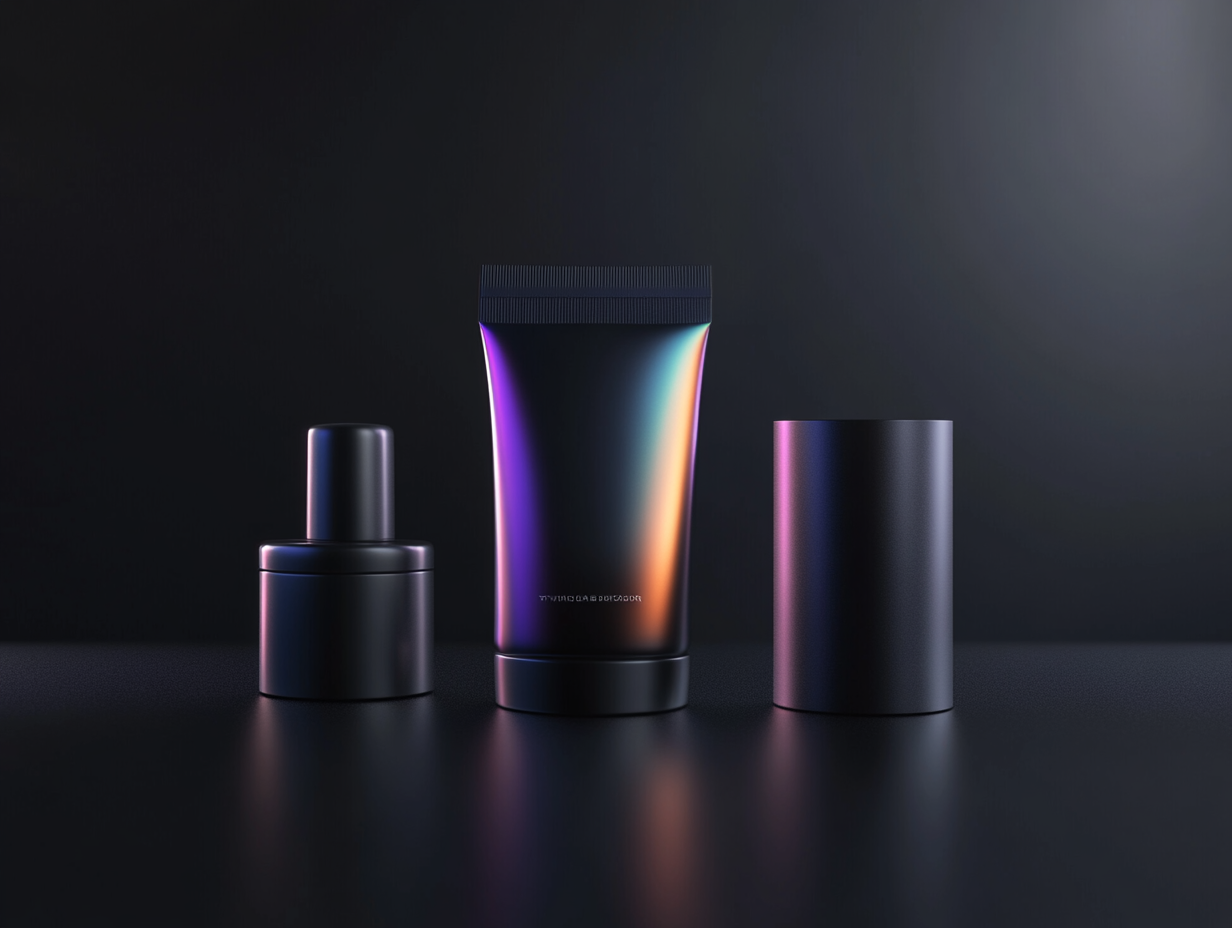Death by Homepage: 5 Costs of a Bad Website
Field Notes
How a Figma web template hurts your first impression
Figma web templates are fast, but are they the best option? Learn how credibility-first brands evaluate the risks and limitations of pre-made templates when building sites meant to inspire trust, show polish, and scale with your company.
Prism
May 29, 2025
The appeal of Figma web templates
Templates exist for a reason: you want to get something live, and fast.
And in the design world, Figma web templates offer a tempting shortcut. They’re beautiful, pre-built, and often based on patterns from companies we all admire.
For early-stage designers or marketers under pressure, a Figma web template feels like a godsend. No need to start from scratch. No staring at a blank screen.
But here’s the question most credibility-focused companies should ask next:
Do Figma templates help your brand stand out, or do they just help you ship something that looks like everything else?
When figma web templates work
Let’s be clear: there are great use cases for Figma templates.
They’re excellent for:
- Rapid prototyping
- Internal presentations
- MVP layout structures
- Wireframe acceleration
But when it comes to launching a public-facing, brand-forward B2B website, a template can quickly become a trap.
Because what makes a website effective at earning trust isn’t how fast it was designed—it’s how well it expresses your brand.
Signs you might relying too heavily on templates
- Your site looks eerily similar to others in your industry
- You’re replacing text but leaving layout untouched
- Your font and color swaps feel forced
- You have no real design system behind the components
- Your marketing team is wrestling with the file more than using it
At that point, you’re not saving time. You’re spending all your time trying to retrofit brand credibility into a system that was never built exactly for you.
Premium brands use systems—not shortcuts
The brands that make people pause don’t do it with gradients and grids. They do it with intentionality.
Instead of asking “what template should we use?” The better question is:
“How should our brand move our audience online?”
That requires more than a pretty Figma Web Template. It requires an approach that:
- Reflects your brand ethos, not just a UI trend
- Scales across new pages, campaigns, and touchpoints
- Can be handed off to developers without endless guesswork
- Makes your internal team faster and more consistent
According to Adobe, 59% of customers will choose to do business with a company over one of its competitors based on good design, and 45% have even paid more for a product or service with good design.
FORBES
First impressions aren’t optional—they’re baked into your bounce rate.
What “premium” actually looks like in a browser
It’s not always just about animations or parallax.
Premium design feels like this:
- Layouts breathe and move with clarity.
- Typography doesn’t just look good—it reads well.
- Brand voice and interface design feel like they come from the same place.
- The site makes you want to click, scroll, trust, and act.
Templates can give you structure.
But only a design system built around your brand can give you that sense of cohesion and credibility.
Choose speed when you need it. Choose polish when it matters.
If your website is just a placeholder, sure—use a Figma template.
But if your site is meant to signal who you are to investors, partners, and customers…
If it’s your brand’s most public stage…
Then it’s worth asking:
Does this feel like us, or does it feel like someone else’s starting point?
Ready for more?
If you’re thinking about how to move from pre-made templates to a truly premium design system, the next step is understanding how design systems turn brands into authentic digital experiences.
Coming soon




